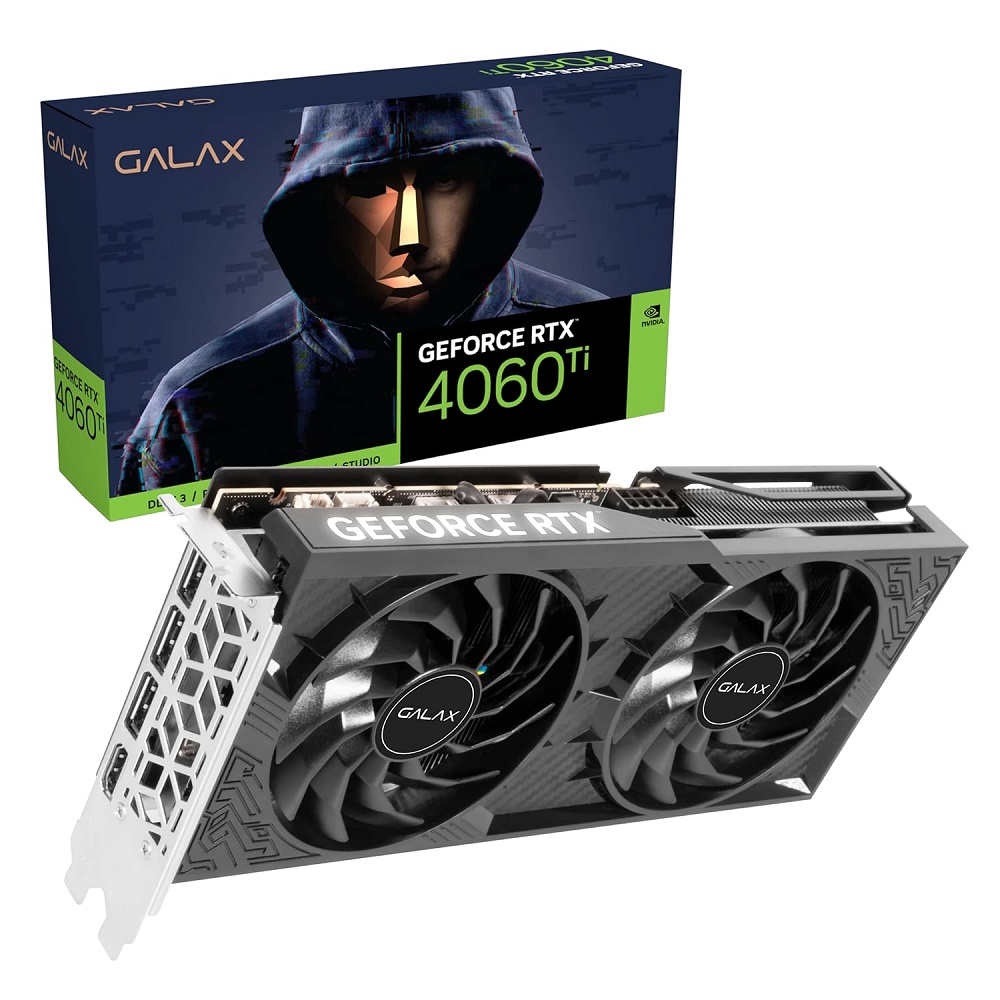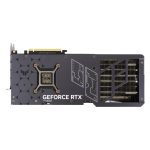A malfunctioning graphics card can be a significant setback, especially for gamers, designers, and anyone who relies on high-performance graphics. Code 31 is an error related to device management that typically indicates a problem with the graphics card’s drivers or hardware. This guide will explore the causes of Code 31 graphics card, methods to diagnose the issue, and steps to repair your graphics card so you can get back to enjoying your applications without disruption.
Understanding Code 31 Graphics Card Error
What Does Code 31 Mean?
Code 31 is an error that you may encounter in Windows Device Manager. Its message states that the “device is not working properly because Windows cannot load the drivers required for this device.” In the case of a graphics card, this can disrupt gaming, video playback, and other graphics-intensive tasks.
When you see this error, it typically suggests issues with either the graphics card itself or the drivers that facilitate communication between the hardware and the operating system. It’s essential to address this error promptly to restore your system’s functionality.
Common Causes of Code 31
Several factors can contribute to the emergence of Code 31. Driver problems are often the most common culprit; outdated or corrupted graphics drivers can prevent Windows from recognizing the hardware correctly. This issue can occur after a system update or a hardware change.
Other potential causes include hardware malfunctions, such as a physically damaged graphics card, poor connections in the PCIe slot, or conflicts with other installed devices. Proper diagnostics can help you pinpoint the exact cause of the error, allowing you to take the necessary steps to rectify it.
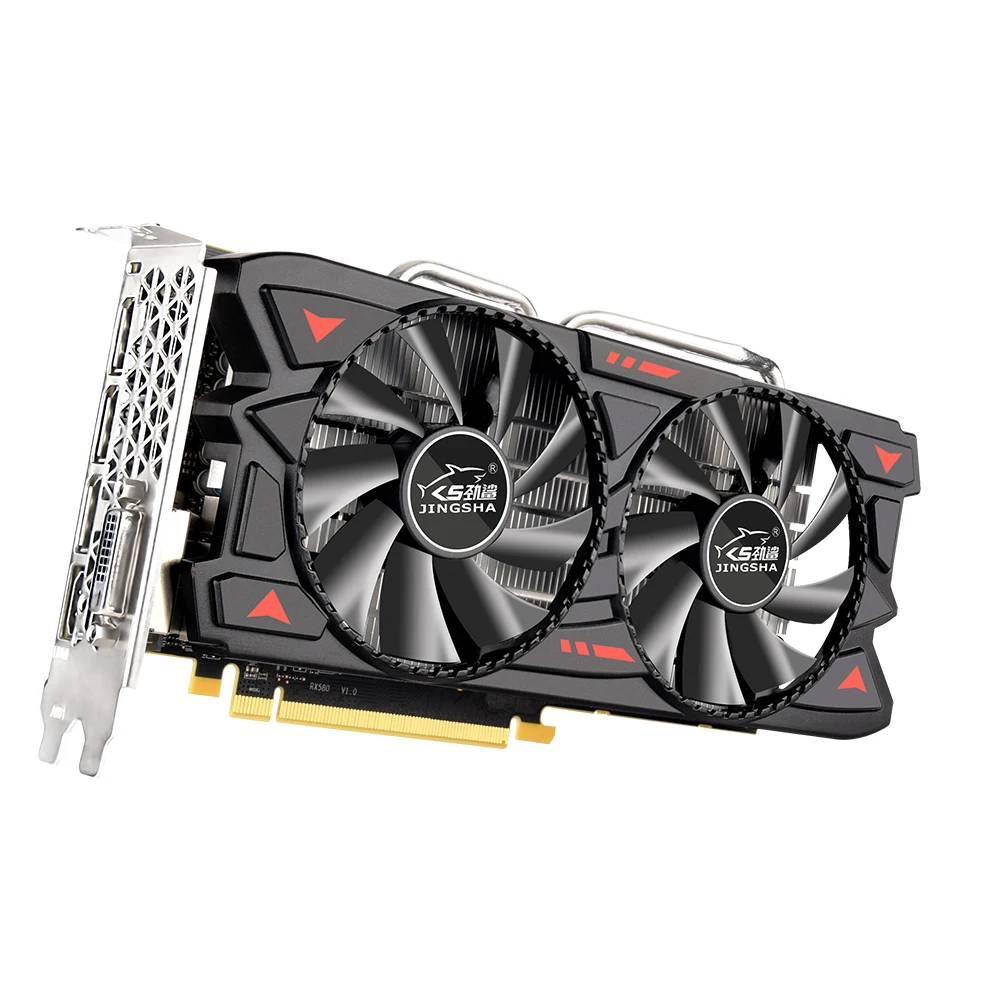
Diagnosing the Code 31 Error
Checking the Device Manager
Start diagnosing the Code 31 error by checking the Device Manager. To do this, right-click on the Start button and select “Device Manager.” Look for your graphics card under “Display adapters.” If you see a yellow triangle, it indicates a problem.
Let’s proceed with the troubleshooting steps. Right-click on your graphics card and select “Properties.” Under the “General” tab, you can find the device status. If it says “This device is not working properly” along with Code 31, you are facing the issue.
Running Windows Troubleshooter
Windows includes a built-in troubleshooter that can help diagnose and resolve some hardware issues. To use it, go to “Settings” > “Update & Security” > “Troubleshoot.” Select “Additional Troubleshooters” and find “Hardware and Devices.” Follow the prompts to let Windows diagnose potential problems.
While the troubleshooter may not always fix Code 31, it can provide valuable insights into the underlying issue. The tool might also recommend updates or adjustments that can resolve the problem.
Updating Graphics Drivers
Checking for Updates
One of the simplest and most effective ways to tackle Code 31 is to update your graphics card drivers. To check for updates, go back to Device Manager, right-click on your graphics card, and select “Update driver.” Choose the option to search automatically for updated driver software.
If Windows finds a newer driver, it will download and install it for you. Restart your computer to see if the error persists. However, if Windows cannot find anything, it’s often beneficial to visit the manufacturer’s website for the latest driver versions.
Manually Downloading Drivers
Sometimes, the automatic update may not suffice. Visit the official website for your graphics card brand (like NVIDIA, AMD, or Intel) to download the latest drivers manually. Make sure to select the correct model and operating system to avoid compatibility issues.
After downloading, run the installer and follow the prompts to complete the installation. Restart your system afterward to ensure changes take effect properly. If the Code 31 error disappears, you’ve successfully resolved the issue. If it persists, continue troubleshooting further.
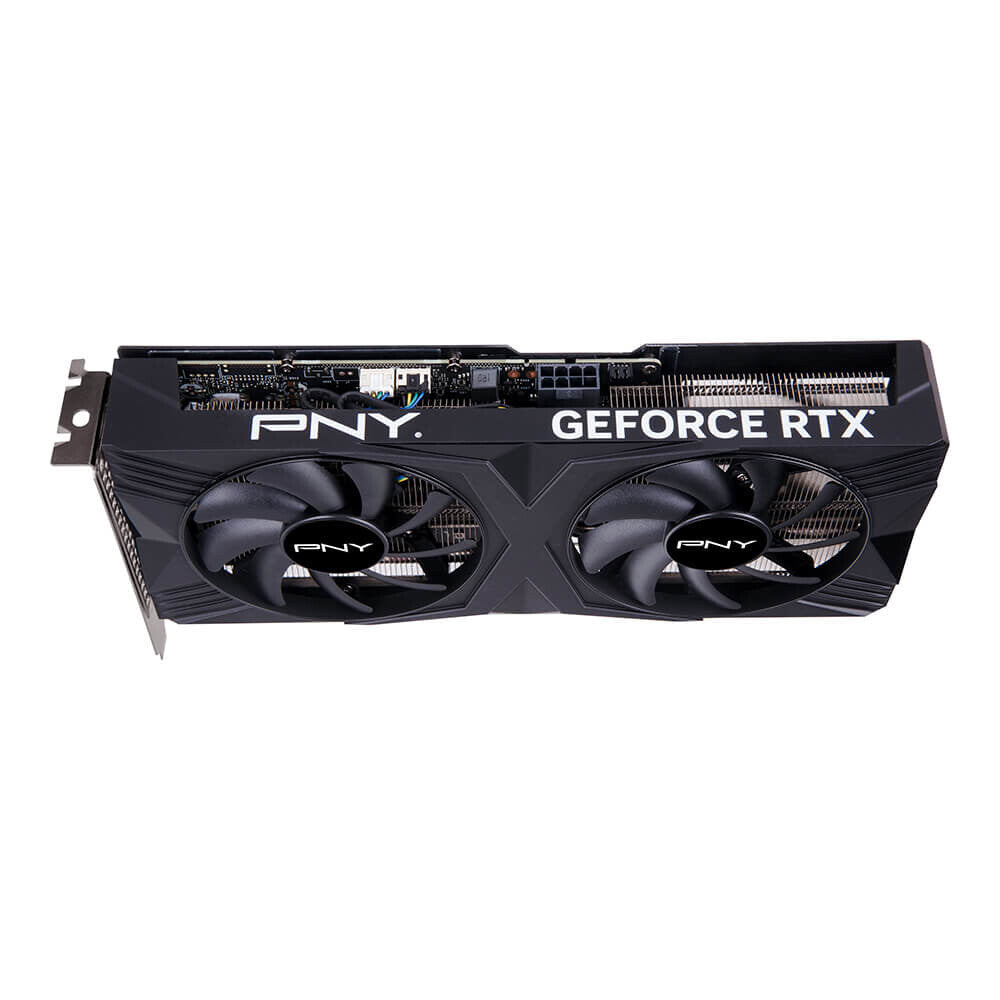
Checking Hardware Connections
Ensuring Proper Installation
Next, physical issues might be at play. Ensure that your graphics card is properly seated in the PCIe slot. To do this, turn off your computer, unplug it, and carefully open the case. Locate the graphics card and check that it fits snugly into the slot. Gently press down to ensure it is fully engaged.
Also, check if the PCIe power cables, if required, are connected securely. Loose connections can lead to hardware not functioning correctly, causing the Code 31 error. After making adjustments, close the case, reconnect the power, and boot up your computer.
Inspecting for Damage
While the case is open, take a moment to visually inspect the graphics card and surrounding components. Look for any signs of physical damage, such as broken solder joints, scorch marks, or bent pins. If you see any significant damage, it may be time to consider replacing the graphics card.
Additionally, inspect the power supply unit (PSU). Ensure it has adequate wattage to support your hardware. Insufficient power output can cause instability and result in various errors, including Code 31.
Testing the Graphics Card
Using a Different PCIe Slot
If the error persists despite updating drivers and checking connections, consider testing the graphics card in a different PCIe slot on your motherboard. This process helps eliminate the possibility of a faulty slot. If the graphics card works well in an alternative slot, then the original slot may have a problem.
After moving the card, power on your computer and observe whether the Code 31 error appears. If you can use the graphics card without encountering issues, you may only need to address the problematic slot on the motherboard.
Testing on Another Computer
If you have access to another computer with compatible hardware, test the graphics card there. Installing it into a different system helps determine whether the card itself is defective. If it functions properly, then the problem likely lies within your original computer’s setup. Alternatively, if the error continues, your graphics card may need replacement.
Reinstalling the Device
Uninstalling the Graphics Card
If the previous steps haven’t resolved Code 31, consider uninstalling and reinstalling the graphics card from Device Manager. This process helps to reset the card and can often lead to clear recognition by the system.
Right-click on your graphics card in Device Manager and select “Uninstall device.” Follow the prompts and ensure the option to delete the driver software is checked as well. After uninstallation, restart your computer. Windows should detect the hardware and reinstall the necessary drivers upon startup.
Using Safe Mode
If you face difficulties during the uninstallation process, boot your computer into Safe Mode. This starts Windows with only essential drivers loaded, which can help circumvent any issues caused by third-party software or conflicts during the uninstall.
To access Safe Mode, go to “Settings” > “Update & Security” > “Recovery.” Under “Advanced startup,” click “Restart now.” After your computer restarts, select “Troubleshoot” > “Advanced options” > “Startup Settings.” Choose “Enable Safe Mode” and proceed with the uninstallation in this mode.
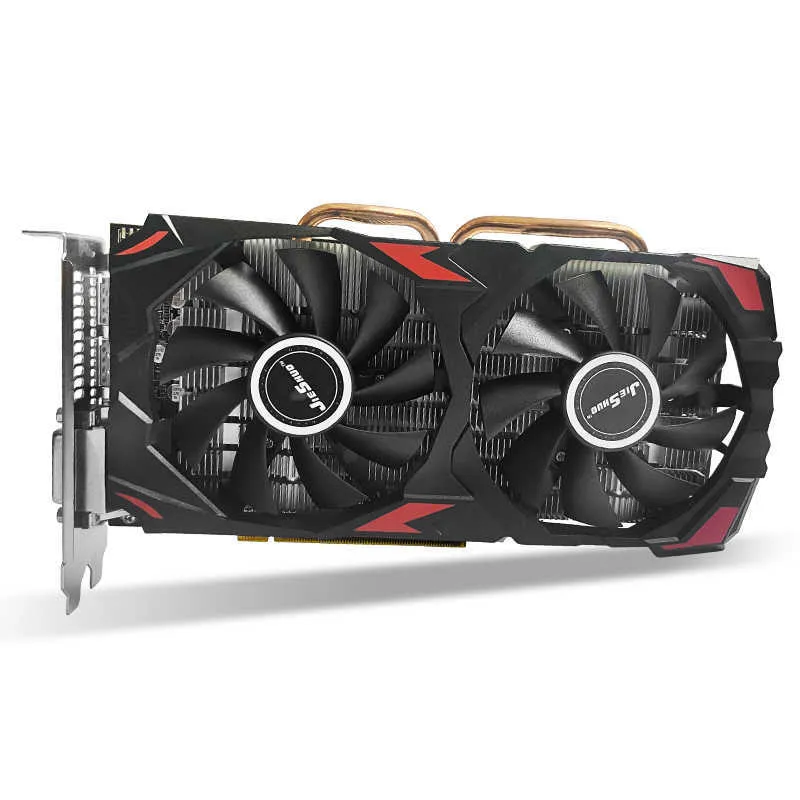
When to Seek Professional Support
Signs That You Should Get Help
While many users can resolve Code 31 through these troubleshooting methods, sometimes the problem may be too complex. If you have exhausted all options and the error persists, it may be time to consult with a professional technician. Signs that you should reach out for help include persistent error messages, unusual system behavior, or if the graphics card fails to produce any display output.
Finding a Reputable Technician
Choose a technician or repair shop that specializes in computer hardware. Read reviews and ask for recommendations to ensure you find a knowledgeable and trustworthy professional. Explain the problem clearly, providing details on the steps you have taken, as this information can facilitate a faster diagnosis.
Professional technicians have access to specialized tools and expertise that can identify hardware issues that may not be immediately apparent. They can also offer solutions such as repairs or replacements if necessary, ensuring your system gets back to optimal functioning.
Conclusion
Experiencing a Code 31 error with your graphics card can be frustrating, but diagnosing and repairing the issue is often manageable with the right approach. By thoroughly examining the drivers, hardware connections, and relevant settings, you can often resolve the problem on your own.
If troubleshooting doesn’t yield results, consider professional assistance to diagnose complex issues. Understanding the steps involved can empower you to maintain your graphics card, ensuring a reliable and enjoyable computing experience. Following this guide, you will improve your chances of resolving Code 31 efficiently and effectively.
